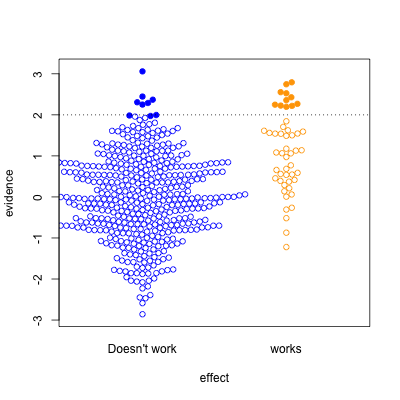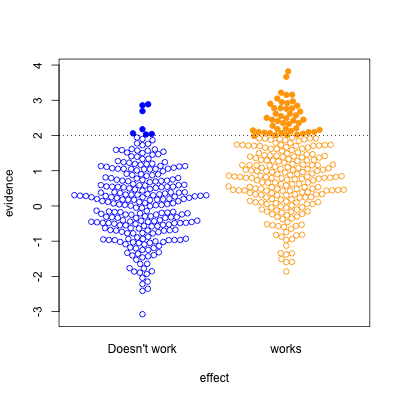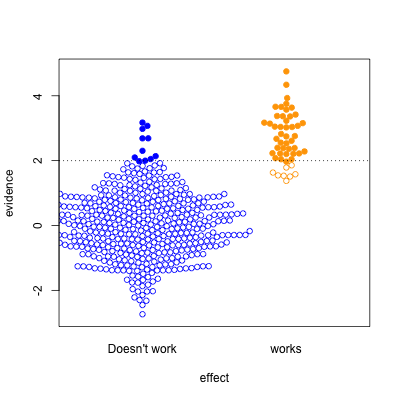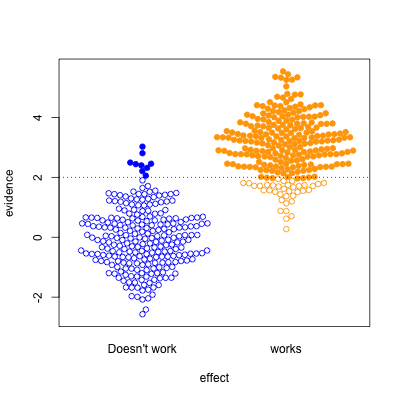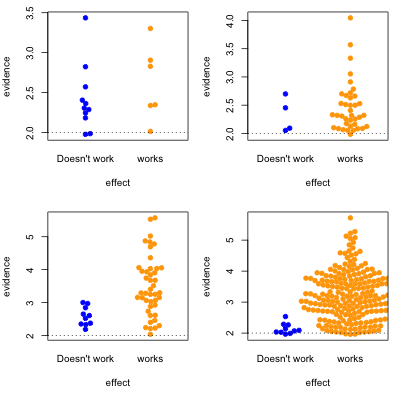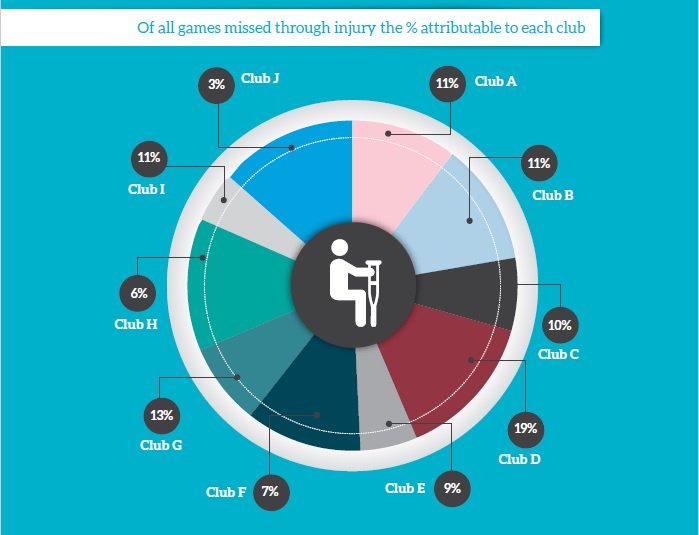Yes, the book about the history of statistics has been written, in case you were wondering. A History of Statistics in New Zealand was published in 1999, with funding from the New Zealand Statistical Association and the Lotteries Commission of New Zealand. H S (Stan) Roberts edited the history, and wrote substantial sections. It’s now available for free download here – the usual caveats about attribution apply. And it opens by tracing the history and usage of the word statistics:
“Statistics”, like most words, is continually changing its meaning. In order to find the meaning of a word we tend to reach for a dictionary, but dictionaries do not so much “define” the meanings of words, but rather give their current usages, together with examples. Following are examples relating to statistics taken from the 1933 Oxford English Dictionary (13 Vols). Note that in each entry the date indicates the first usage found.
Statism: Subservience to political expediency in religious matters. 1609 – “Religion turned into Statisme will soon prooue Atheisme.”
Statist: One skilled in state affairs, one having political knowledge, power, or influence; a politician, statesman. Very common in 17th c. 1584 – “When he plais the Statist, wringing veri unlukkili some of Machiavels Avioxmes to serve his Purpos then indeed; then he tryumphes.”
Statistical: 1. Of, or pertaining to statistics, consisting or founded on collections of numerical facts, esp. with reference to economic, sanitary, and vital conditions. 1787 “The work (by Zimmerman) before us is properly statistical. It consists of different tables, containing a general comparative view of the forces, the government, the extent and population of the different kingdoms of Europe.” 2: Of a writer, etc: Dealing with statistics. 1787 – “Some respectable statistical writers.”
Statistician: One versed or engaged in collecting and tabulating statistics. 1825 – “The object of the statistician is to describe the condition of a particular country at a particular period.”
Statistics: In early use, that branch of political science, dealing with the collection, classification, and discussion of facts (especially of a numerical kind), bearing on the condition of a state or community. In recent use, the department of study that has for its object the collection and arrangement of numerical facts or data, whether relating to human affairs or to natural phenomena. 1787 – Zimmerman – “This science distinguished by the newly-coined name of Statistics, is become a favourite in Germany.”
Statistic: The earliest known occurrence of the word seems to be in the title of the satirical work “Microscopium Statisticum”, by Helenus Politanus, Frankfort (1672). Here the sense is prob. “pertaining to statists or to statecraft”.
The Concise Oxford Dictionary (1976) gives us two modern usages.
Statistics: 1. Numerical facts systematically collected 2: Science of collecting, classifying and using statistics. The first verse of a poem composed in 1799 by William Wordsworth, and entitled, “A Poet’s Epitaph”, successfully clarifies this difficult matter.
Art thou a Statist in the van
Of public conflicts trained and bred?
First learn to love one living man;
Then may’st thou think upon the dead.
